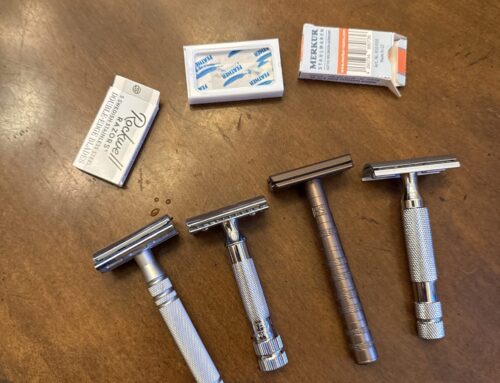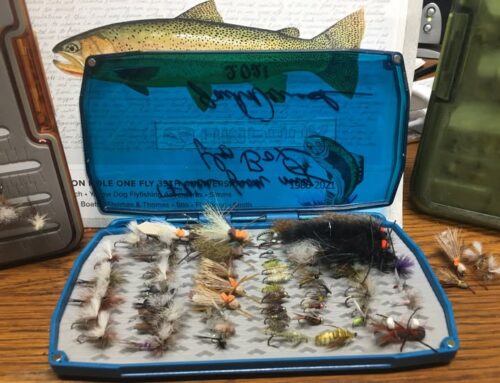Meat has been cured since ancient times. Dry cured hams have been a favorite in France, Italy, Spain, and Portugal for centuries. Americans, particularly those in the South and the names Smithfield and Surry are legendary in this area, carried on this tradition with smoked hams, fattening them with tasty peanuts, beech nuts, hickory nuts, acorns and fruits. 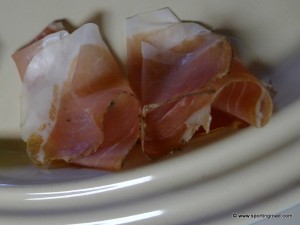
All of these hams are salt cured and aged. Some are smoked over fragrant hardwoods.
While we love everything French and American, and whilst the Italian prosciutto is the best known the world over, we prefer Spanish ham which usually has a more uniform texture, more intense flavor and is usually less moist than other cured hams, because of the long curing stage. In fact, every European country seems to have its own specialty on cured hams. But pig rearing is Spain dates back to antiquity and once the pig was harvested, it was dry-cured to last the family for an entire year. Jamón serrano is a type of jamón (dry-cured Spanish ham), which is generally served raw in thin slices, or occasionally diced for use in cooking. Today, Spain is the world’s leading producer of dry-cured pork. Serrano means from the tierra or the mountain range, where the European white (it’s really pink) pig is curred. Jamón Ibérico comes from the black Ibérico pig, which has smaller litters and is more difficult to put weight on quickly (compared to the white pigs), hence its higher price and gamier flavor, which we prefer. These Spanish hams are often thinly sliced and served on a slice of pan tomate.
The German Black Forest ham is commonly available world-wide and is smoked over pine and fir and coated with beef blood to give it a black exterior. Very lean and tender, it is very moist and suited for sandwiches, as it is only lightly smoked and not cured.
Jambon cru (raw ham) or jambon du pays (local ham) is a designation for French hams from Alsace and Vendée, some of which are smoked. Whereas jambon sec (dry cured ham) is a designation for French hams which are dry cured for at 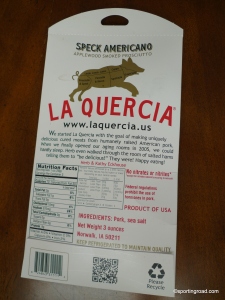 least three months. Jambon sec supérieur denotes hams such as Bigorre, from pigs raised and processed by traditional methods in France, and are the best French hams available.
least three months. Jambon sec supérieur denotes hams such as Bigorre, from pigs raised and processed by traditional methods in France, and are the best French hams available.
Prosciutto di Parma is a superior Italian ham from northern Italy’s province of Parma, fattened on a diet of chestnuts and whey from the local Parmesan cheese making process. Parma hams are seasoned, salt-cured and air-dried, but not smoked. They have a rosy-brown flesh that is firm and dense. Before dry curing the better prosciutto hams are coated with lard and cured for at least 10–12 months, yielding a smooth-textured, slightly salty ham. But there are many, many more styles of cured ham being made in regions around Italy. The subtle differences come not only from the various breeds of pigs that are used but also from the diet of the pigs and le terroir. Often the smaller, and less known regions, have avoided the commercialization of the product and the resulting decline in quality. For this reason, we rarely buy Parma ham and opt for the others.
Prosciutto di San Daniele is a guitar-shaped Italian ham produced in San Daniele, which is salty-sweet flavor and creamy in texture, cured for twelve months or more. My favorite way to serve is simply draped over 1″ cubes of ripe melon sprinkled with a bit of fleur de sel.
Speck Alto Adige is a distinctive lightly smoked dry cured ham from Italy which has a unique hybrid of flavors and is our favorite. Its delicate aroma and defining taste are the result of the incorporation of the smoking method and the salting technique. The result is milder than northern smoked hams, yet stronger and less sweet than ham produced in southern Europe. There is a new speck on the market in the U.S. under the label La Quercia, which we find the finest on the planet.
Virginia ham is a country ham from the United States, produced now in many southern states under this mis-leading generic title. The Virginia ham is produced from Berkshire black pigs, usually corn-fed, resulting in a high proportion of marbling fat, and are cured up to a year. Some of the best hams are smoked over hardwoods like walnut, oak, maple or apple. A long salt curing phase necessitated by the local climate makes the final product very salty – up to three times the salt of European salt cured hams. Because of this, it is soaked for over 24 hours in a bath of water and then boiled or baked, although there are new ‘fancy hams” which do not require this step. The legendary Smithfield ham has been produced since Colonial times 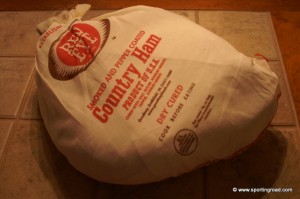 and were traditionally peanut fed, which is not necessarily the case today.
and were traditionally peanut fed, which is not necessarily the case today.

